The Church of Yeritsushen
Location
The Church of Yeritsushen is located in Nor Shahumyan region (Karvachar region) of the Artsakh Republic, on the right side of the Iritsajur tributary starting from Lake Gortagarak, one kilometer northeast of Igadzor village, 1550-1600 meters above sea level (Karapetyan 2001, 37).
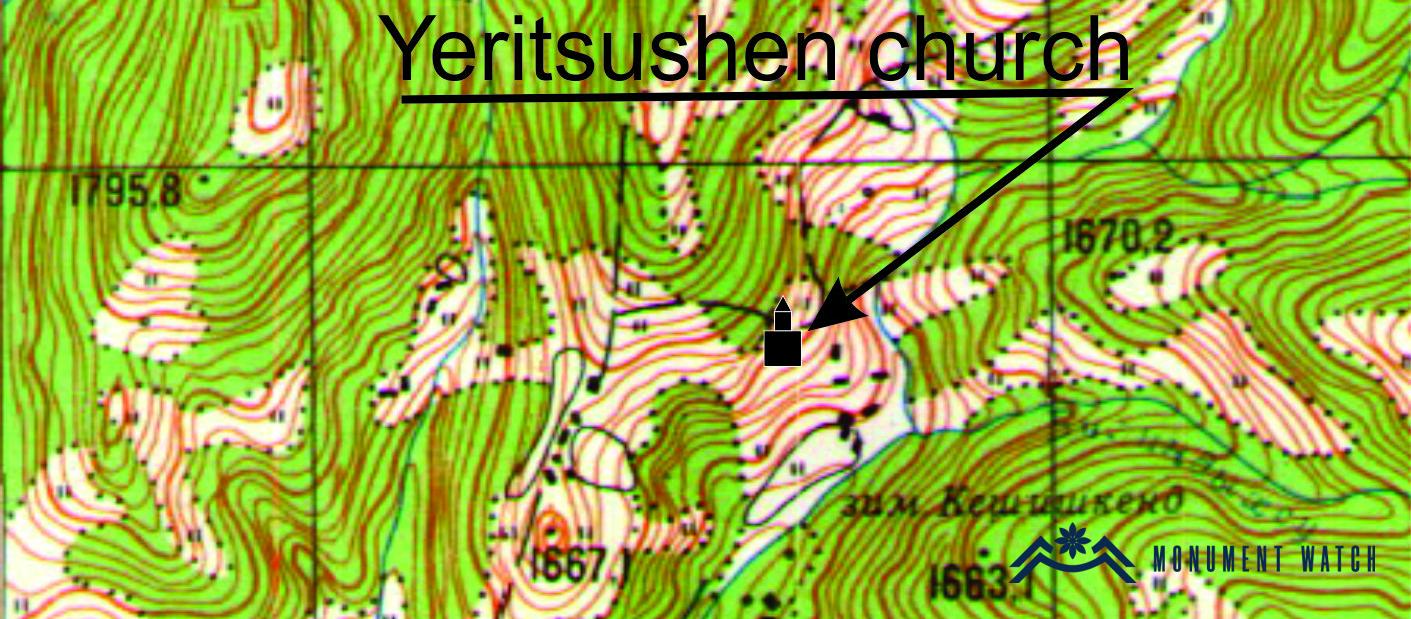
Historical overview
The only mention of Yeritsushen village can be found in the work “Jambr” by Catholicos Simeon Yerevantsi and concerns the year of 1763 (Jambr 1873, 283). In the 18th century, Turkic-speaking Ayrums settled here, who called the village Keshishkyand (Karapetyan 2001, 42).
Architectural-compositional description
The church is half-ruined, it was built in the 17th century. It is a single nave hall taken under a gable roof (Fig. 1). The longitudinal walls of the structure are reinforced with rows of arcatures, on which rest the twin hewn arch walls that support the roof. The church is built of rough small and large stones, and the most responsible parts are hewn (Figs. 2, 3). There is one vestry on each side of the altar, but they are different in size. The only entrance to the church is on the southern facade.

Fig. 1 The church plan, Karapetyan S., Mravakank, 2019, page 249.
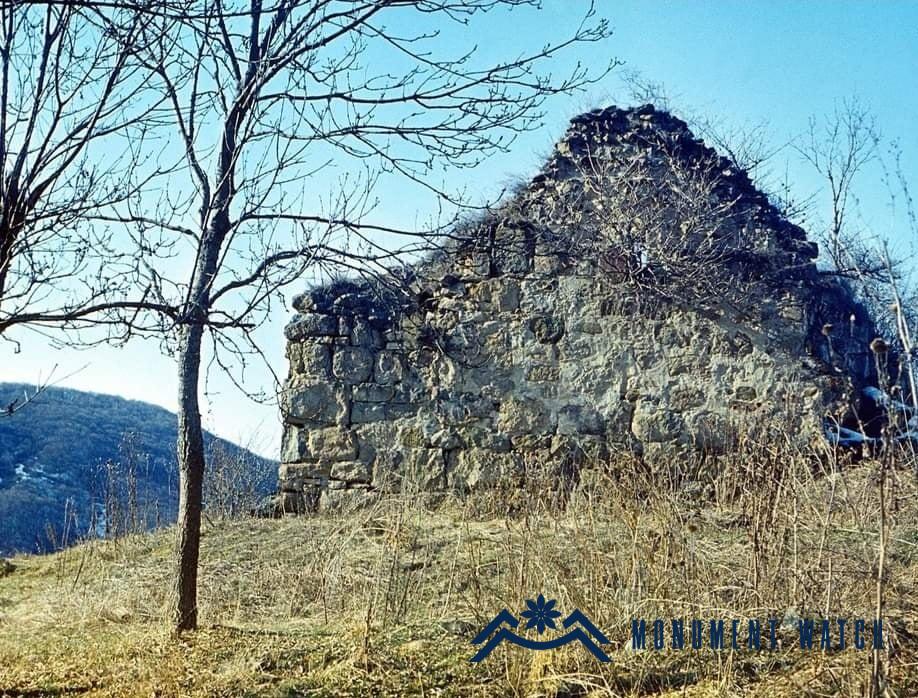
Fig. 2 The eastern facade of the church, photo by S. Karapetyan.
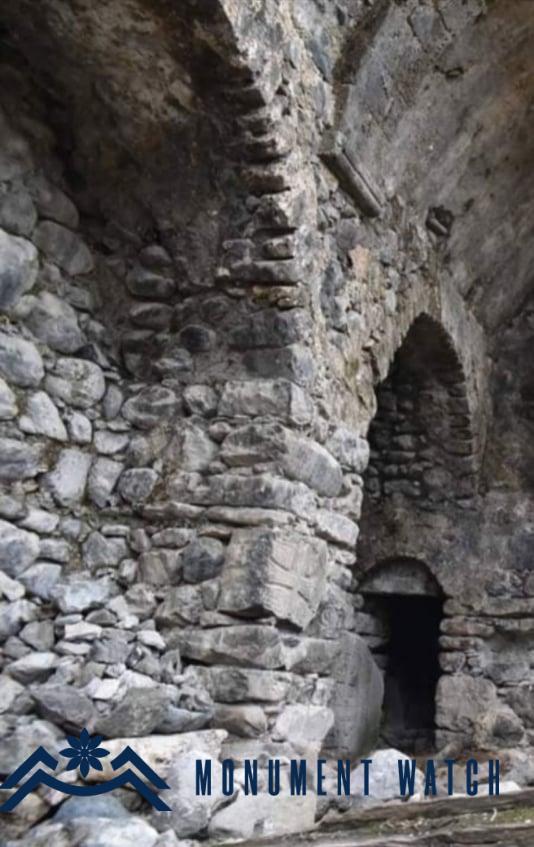
Fig. 3 The north facade of the church and the arch wall, photo by S. Karapetyan.
Both several fragmented and holistic khachkars are internally embedded in the church walls. The khachkars embedded in the northern and southern walls near the entrances to the vestries are especially remarkable. The khachkars embedded in the northern wall are inscribed. There is the following inscription on the khachkar embedded in the pilaster of the northern wall: “The year of 1196” (Karapetyan 2001, 38). The second inscribed khachkar is embedded in the northern wall below the baptistery (Figs. 4, 5). Four lines of the inscription are at the top of the khachkar, and five lines are at the bottom: “The year of 1222. I – Arat, erected this cross for me and my mother A…mik, (and) for the support of Anun and Tsakan. Remember these figures in your prayers” (Karapetyan 2001, 39). Arat and Anun are Armenian proper names which mean “abundant” and “name”․ The khachkar embedded in the southern wall is especially remarkable with the sculptural relief of an armed horseman at the bottom of the composition (Figs. 6, 7).
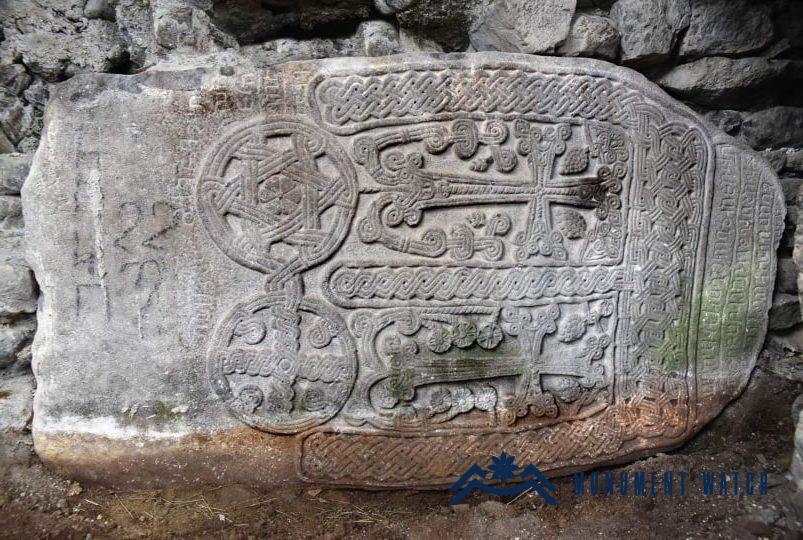
Fig. 4 One the inscribed khachkars embedded in the northern wall of the church, photo by S. Karapetyan.
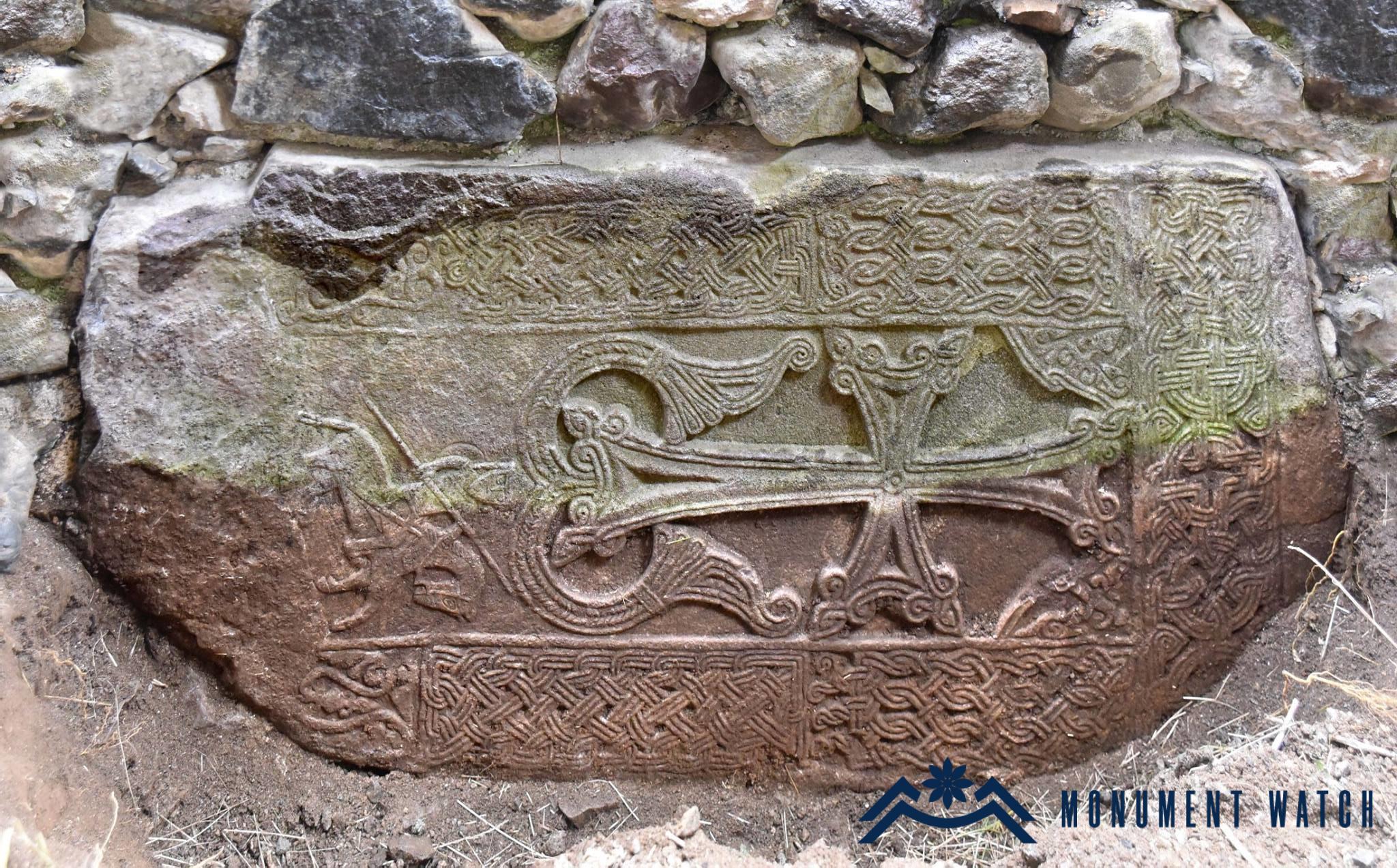
Fig. 6 Khachkar with a statue of a horseman embedded in the southern wall of the church, photo by S. Karapetyan.

Fig. 5 One the inscribed khachkars embedded in the northern wall of the church, photo by S. Karapetyan.
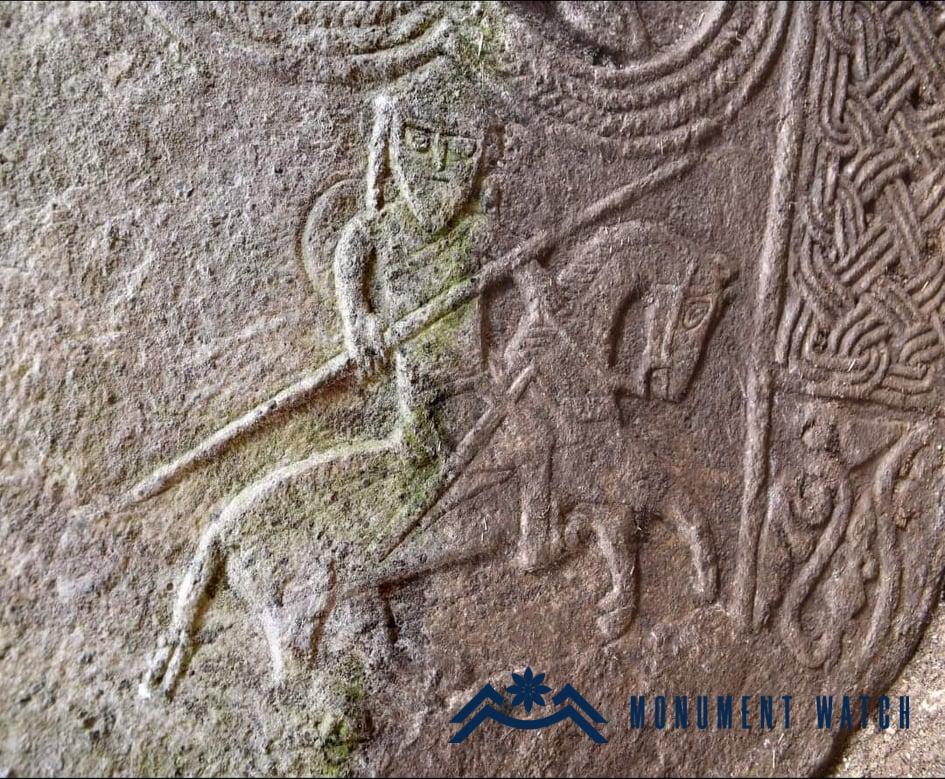
Fig. 7 Khachkar with a statue of a horseman embedded in the southern wall of the church, photo by S. Karapetyan.
The condition before and after the war
The church was not damaged during the Artsakh wars.
There is no information about the monument after it came under Azerbaijani control in the Karvachar region.
Bibliography
- Karapetyan 2001 – Karapetyan, Armenian cultural monuments in the region of Karabakh, Yerevan.
- Karapetyan 2019 – Karapetyan S., Mravakank, Yerevan.
- Jambr, collected and written by Catholicos Simeon of Yerevan, Vagharshapat, 1873.
The Church of Yeritsushen
Artsakh